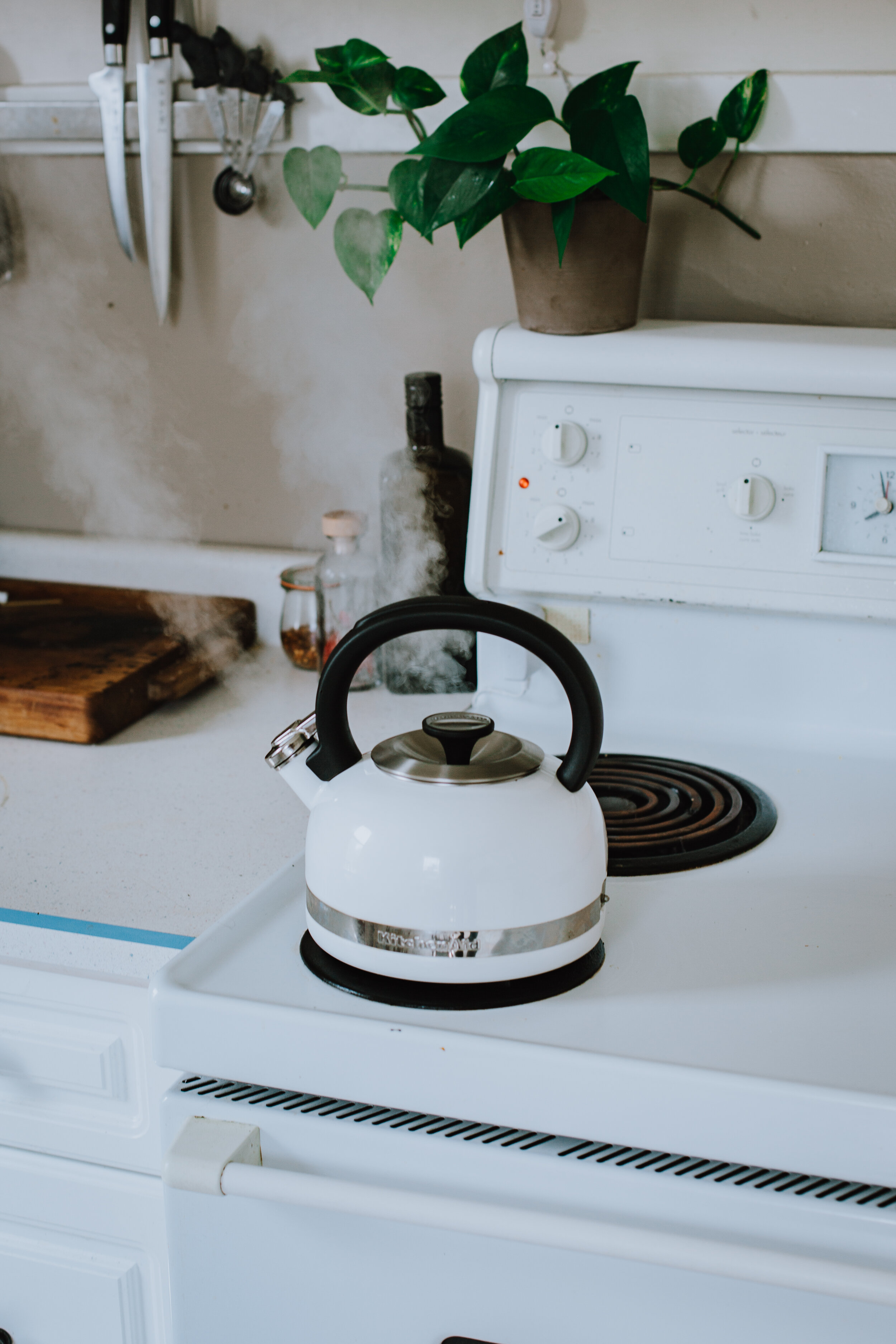Canning Supplies
When you are starting out in this canning adventure, you don’t need to spend a lot of money acquiring tools and equipment. This list is all-encompassing, but not all of the items are essential. They are things you can acquire over time (if you want to). Plus, I have included a number of places you can look for thrifted items. I love shopping in thrift stores and dropping by yard sales. You just never know what you might find.
Boiling Water Canner | Pressure Canner | Rack | JARS | Lids and Screw Bands | Non-reactive saucepan| Lid Lifter | Utensils | Jar Lifter | Jar Funnel | Measuring cups, measuring spoons and weigh scale | Headspace Measuring Tool and Bubble Remover tool | Tea Towels, Dishtowels, Cloth Dish Drying Mat and Trivet | Sharp Knives and Cutting Boards | Kitchen Timer | Food Processors, choppers and blenders | Labels and Felt Markers


















